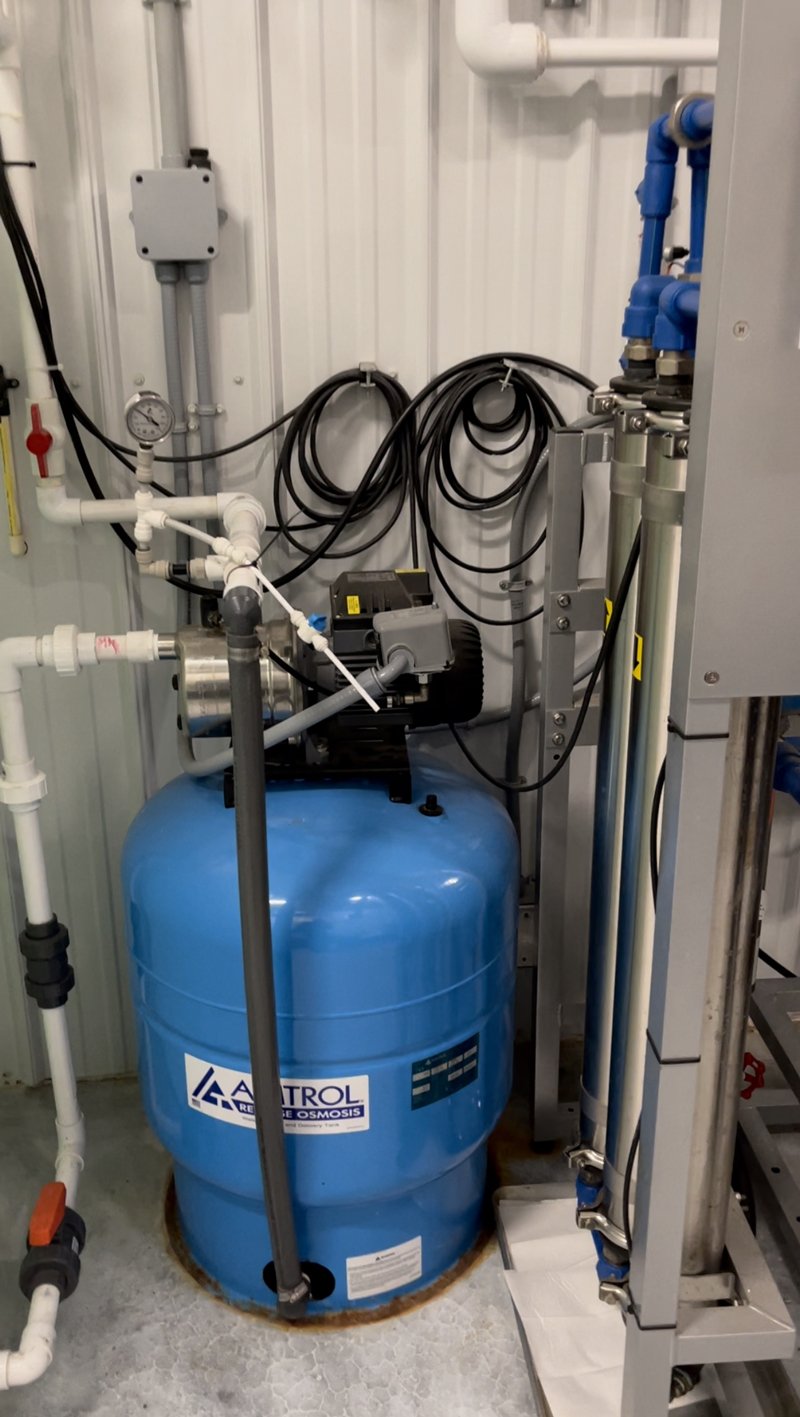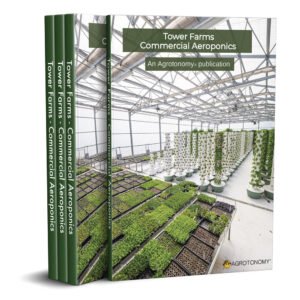There is a significant difference between exceptionally vibrant crops and vegetables that ‘just look okay’!
In too many cases, when someone starts operating a Tower Farm or buys a Tower Garden for home-use, their fruit & vegetables look good, but not as good as the ones we grow at Agrotonomy Tower Farms.
On social media, the Tower Garden community constantly asks us why our crops are so beautiful and our harvests so bountiful, while their plants are just performing averagely from a quality standpoint. In most cases, the answer boils down to the quality of the water.
Although sodium chloride and bacteria levels might be okay when getting water from the grid, such water travels through different pipes and tubing networks, leaving undesired mineral residue.
At Agrotonomy Tower Farms, we do not settle for water quality that is ‘just’ acceptable for hydroponics and aeroponics; instead, our priority is to farm with the perfect water structure.
Whether working with water from the grid, from a well, from a river, or from a Lake, based on our experience, in all cases, we have consistently obtained better results when using water that has been treated through reverse osmosis.
Water treated through an efficient reverse osmosis system can end up featuring a low 20 PPM or less… Such low PPM translates into demineralized water.
Freeing the water from minerals before mixing a soluble mineral nutrients solution is highly recommended. Minerals naturally featured in water might conflict with the mineral-based nutrients used to feed the plants. Mixing nutrients in the water treated through a reverse osmosis system allows crops to get the perfect nutrition solution.
Treating water through a reverse osmosis system lowers its pH. For example, should the water from the grid be a 7.0 pH, after processing it through RO, it ends up being a 5.5 to 6.0 pH. After mixing nutrients in such ‘clean water,’ the pH can go down to 5.0, even as low as 4.5, which is perfect for aeroponic farming.
In areas where water supply is scarce, people worry about the brine (‘dirty water’) produced by a reverse osmosis system. A low-quality small RO system might produce a 1:4 ratio (1 volume of treated water for 4 volumes of brine). However, a quality commercial grade RO unit will deliver a 1:1 ratio.
Based on a 1:1 ratio, even if the brine is flushed away, or in other words, if half of the water is ‘lost’, considering that Tower Garden technology saves up to 95% water in comparison to conventional farming when accounting for the loss for the brine, we still are saving 90% water.
When possible, instead of discarding the brine, we advise using it to water plants outdoors.
After setting up aeroponic farming projects on five continents and in over 30 countries, although not mandatory, Agrotonomy’s team prefers to work with water treated through a reverse osmosis system.
Example of a reverse osmosis system used in Tower Farms featuring up to 100 aeroponics towers

Example of a reverse osmosis system used in Tower Farms with 100 to 500 aeroponics towers








